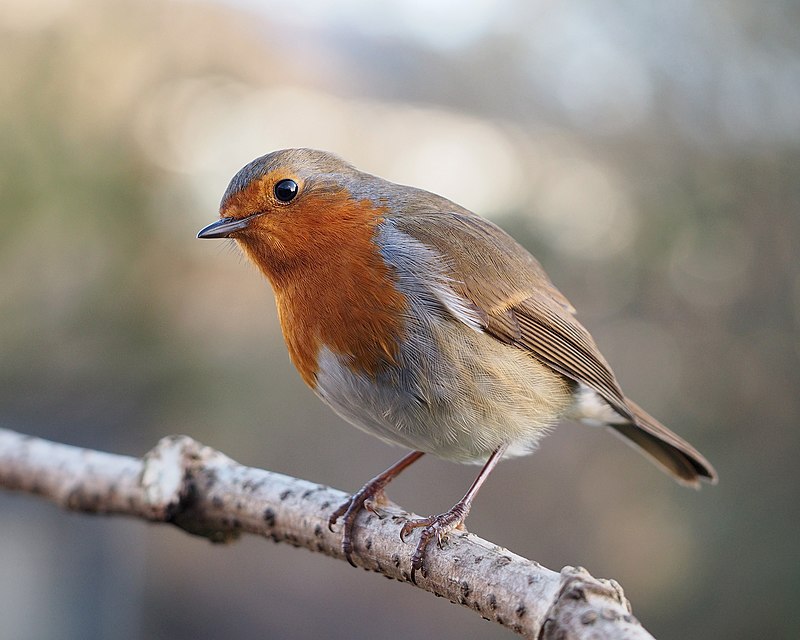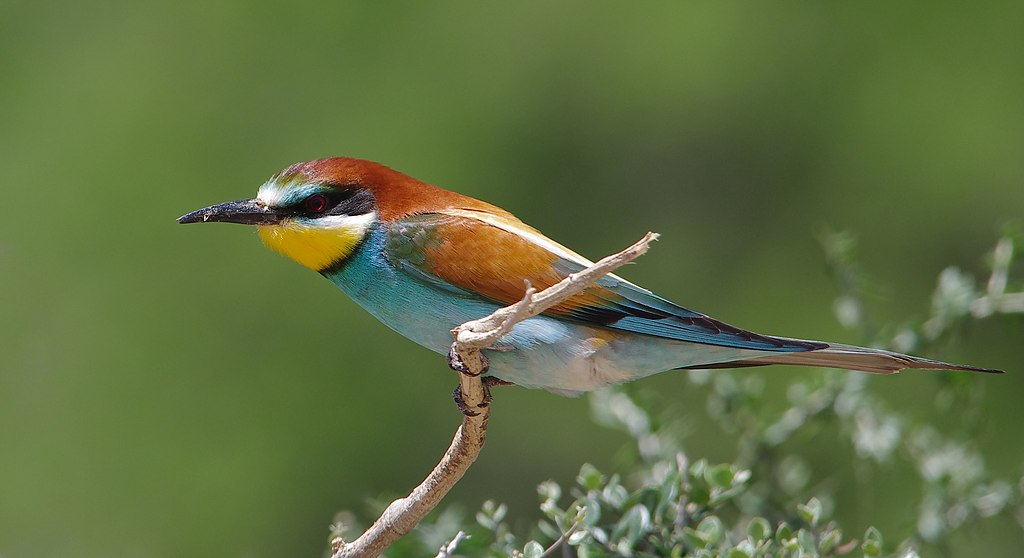From Norway
to Writtle!
"Hi, my name
is Anne-Marthe Brautaset and I am 23-years-old. I am from a small town in Norway
which is known for their fish export called Ålesund. Before I came to Writtle I
studied Interior Design and have a degree as an Interior consultant, after that
I had to get higher education entrance qualifications to be able to apply for a
university. I had two gap years after becoming an interior consultant and went travelling a bit to experience the world before I decided what to study at Uni.
I was unsure about what I wanted to study, I decided quite fast that I did not
want to work with interior.
Since I was a little girl animals have been a
really big passion of mine, and therefore my choice became easy. I have owned
several cats and a dog, horse and guinea pig, as well as working in a pet shop
for 6 years. I am a very curious and adventurous person by nature and wanted to
study abroad, my choices were many and suddenly it was hard to choose. But as I
started to read about the course Animal Science I found out this is something
for me. In Norway we don`t have the same course, and the animal courses are
very limited. Since I was quite sure that I don`t want to study to become a
veterinarian I still have the opportunity later in life by studying Animal
Science if I change my mind.
Once I made my decision and all the
papers was ready to forward to my contact person through Across the Pond, which
is a Norwegian agency helping people to study abroad. I applied for a few other
universities as well and got accepted to three of them. Then it suddenly became
hard, I had to do some research to find out which of the universities that
would fit my purpose best. So my choices were between a really nice university
next to a beautiful beach, but did not have much practical work in the Animal
Science course, as well as being far away from London which then made it harder for
me to get back home to Norway during holidays. And then it was Writtle, beautiful campus with a lot of opportunities to
get practical work, very close to London and was an Agriculture university. I
made my choice to become a student at Writtle College.
I was lucky enough to
have parents that wanted to support me as much as they could and wanted to
follow me at my first time at Writtle College. I was so excited, I had never
seen the campus before or the area close by. I did not have the opportunity to
go to a open day at Writtle and therefore everything was new and exciting as
well as scary. I did not know anyone else that was studying at the college or
the same course as me. I chose to stay in a hotel with my parents the first
days so I could see my room and then plan what I needed to buy.
The first day
This day was the
introduction day where you could pick up your keys and sign up for the Writtle
surgery and buy a wrist band for freshers' week. When I arrived to pick up my
key there was a really polite and smiling girl that asked if I wanted a tour
around campus, I could of course not decline to that kind offer and she showed
me around the grounds and Strutt - the building that I was going to live in the first year. A
few minutes later we found out that this girl was Norwegian, and suddenly I
felt a bit more home. She was taking care of me the first few days at freshers' week and helped me make some relations.
The induction of the course
Thursday of freshers' week we had our
induction of the course, I was all alone and did not know anyone yet that was
going to be in my course. I am not a shy person so it was not a very big
problem, but when you are alone in a big crowd you will become a bit unsure
whether you are shy or not. I had my notebook ready to make notes, I was
excited of how this year would be. This was going to be my home for the next
three years, without any known people and close relations nearby. Therefore, it
was really important to make relations as fast as I could. But suddenly between
all the talking of the crowd waiting for our lecturers to show up, I could
recognise a familiar sound. Two people talking, and they were both Norwegian. I
turned around and asked; “are you guys Norwegians as well?” they both were very
polite and started talking to me, they came down and sat next to me. I did not
know that one of those two was going to be my closest and dearest friend by
now."
"Hi, my name is Serine Hansen and I'm
from the island Nøtterøy, that is outside Norway's oldest city Tønsberg. In
Norway I studied the higher education entrance qualification with science
(studiekompetanse med realfag) before coming to Writtle. I have always loved
animals and known it’s what I want to work with. And for a while I was set on
going to vet school, but the more I learned about the animal business world,
the less sure I was that vet school was the right decision for me. During my
exchange year as a student in California and lived with a family where the mom
was a vet. They had 17 animals, cats, dogs, birds, rabbits, fish and a rat. I
learned so much during this year and from the family and also from volunteering
at a local animal shelter. After this year I started looking more in to vet
school mostly in eastern Europe, but one day an agency called Across the Pond
came to the school. They were promoting different schools in England and talked
about Writtle and the Animal Science course. This course sounded like something
I would like to do, so I read up on it and found out that if I changed my mind
and wanted to go to vet school, I could use the course towards it. So I was
sold. This was the perfect course for me.
I contacted Across the Pond and they
helped with all the applications and letters that I needed to do for the apply
to schools in England. I was pretty set on going to Writtle College, but I also
looked into other schools. In the end I ended up with Writtle. They could offer
me more practical work with animals, sports and most important short and easy travelling between Writtle and Nøtterøy. To be sure of my choice, I wanted to go
on one of the open days, but they were a bit hard to fit in to my schedule
with school in Norway. So I talked to Across the Pond and they helped to set up so I
could come a day that fitted with my schedule and be guided around the school.
I brought my dad with me and we were guided around school with a man from the
international student service and one of the animal science lectures. This was
so good to see the school with my own eyes and get to talk to one of the animal
lecturers. My dad really liked the school, the beautiful campus, and the area
around. So my decision was final and all I had to do was wait for the applications
to go through and be accepted to the school.
The first week
I arrived around 8 in the evening on
the first day. So I called the warden and got the keys for my room. I met a
nice girl in the hallway and she invited me to the common room to come and
socialise with the other students that was there. So I did and met some of my
new neighbours for the year. The next day I went and got my ID and did some of
the information activities that was listed in the introduction guide. In the
evening I went to the international 'meet and greet', this was so nice. I got to
know other international students and some Norwegians that were in their 2nd
year.
So we then went to the party down at the 'baa' and they
introduced me to a lot of people and I got to know some freshers that did the
same course as me. The next couple of days I went shopping in town to get what I
needed for my room and on Wednesday night we went to town to the club that is
sponsoring the school. On Thursday was the introduction day of the course and
in the hallway outside I met a 1st year that was Norwegian. We
walked in to the lecture hall together and sat down talking. Suddenly a girl
turned around and ask if we were also Norwegian. So we sat down with her instead, not knowing this was going to be my closest friend for the years to
come."
Writtle College: http://writtle.ac.uk/international
Open Days: http://writtle.ac.uk/opendays
Writtle College: http://writtle.ac.uk/international
Open Days: http://writtle.ac.uk/opendays
























